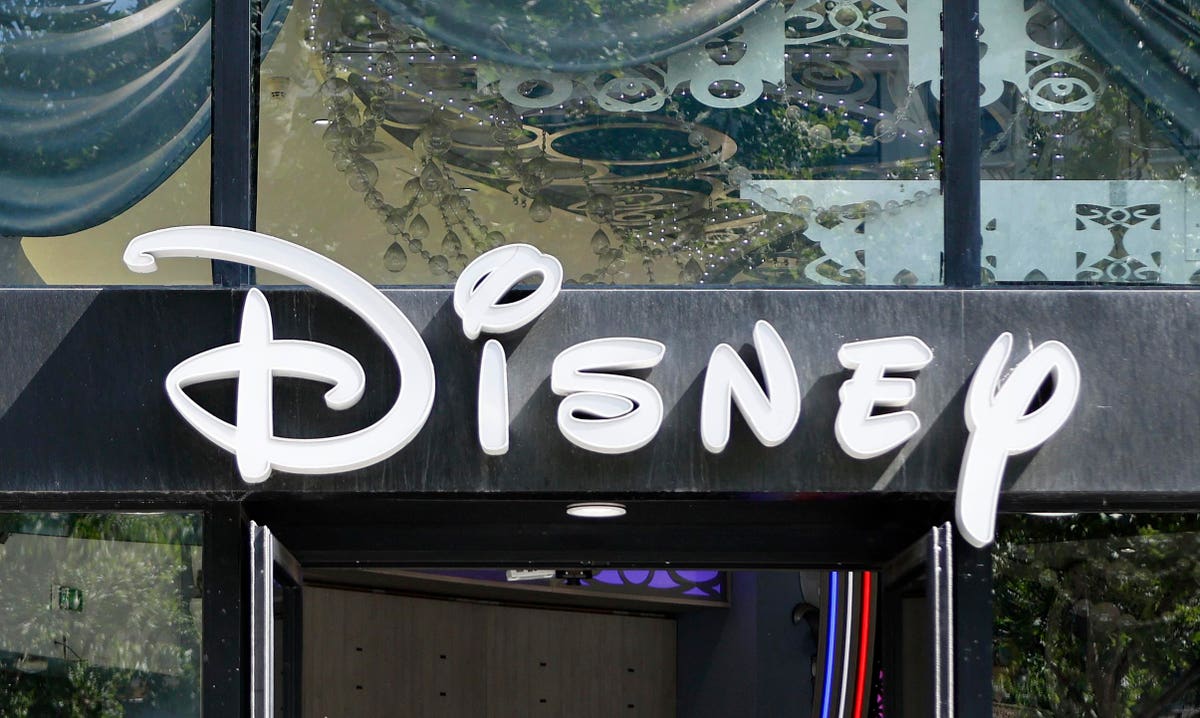Disney stock currently trades at $92 per share, about 54% below its pre-inflation shock high of about $202 seen on March 8, 2021. The sell-off has been driven by Disney’s heavy investments into its streaming business, which remains deeply lossmaking, although the company’s surging theme park business has helped to partly offset the impact. The stock could have considerable potential for gains if its recovers to these 2021 levels. Disney stock was trading at a low of about $84 in December and has gained about 9% from those levels, following the return of Bob Iger as CEO and also due to the company’s recent reorganization. In comparison, the S&P 500 gained about 12% during this period.
Returning to the pre-inflation shock level means that Disney stock will have to gain about 120% if the stock recovers from $92 currently to its pre-shock highs of $202 per share. While it’s possible that the stock may recover to those levels, we presently estimate Disney valuation to be around $117 per share, about 27% ahead of the current market price. While we believe that Disney is undervalued, we think that the upside for the company in the near term could be limited by slower subscriber growth on the streaming side due to mounting competition. Our detailed analysis of Disney’s upside post-inflation shock captures trends in the company’s stock during the turbulent market conditions seen over 2022. It compares these trends to the stock’s performance during the 2008 recession.
2022 Inflation Shock
Timeline of Inflation Shock So Far:
- 2020 – early 2021: Increase in money supply to cushion the impact of lockdowns led to high demand for goods; producers were unable to match up.
- Early 2021: Shipping snarls and worker shortages from the coronavirus pandemic continue to hurt the supply
- April 2021: Inflation rates cross 4% and increase rapidly
- Early 2022: Energy and food prices spike due to the Russian invasion of Ukraine. Fed begins its rate hike process
- June 2022: Inflation levels peak at 9% – the highest level in 40 years. S&P 500 index declines more than 20% from peak levels.
- July – September 2022: Fed hikes interest rates aggressively – resulting in an initial recovery in the S&P 500 followed by another sharp decline
- Since October 2022: Fed continues rate hike process; improving market sentiments help S&P500 recoup some of its losses.
In contrast, here’s how DIS stock and the broader market performed during the 2007/2008 crisis.
Timeline of 2007-08 Crisis
- 10/1/2007: Approximate pre-crisis peak in S&P 500 index
- 9/1/2008 – 10/1/2008: Accelerated market decline corresponding to Lehman bankruptcy filing (9/15/08)
- 3/1/2009: Approximate bottoming out of S&P 500 index
- 12/31/2009: Initial recovery to levels before accelerated decline (around 9/1/2008)
Disney and S&P 500 Performance During 2007-08 Crisis
DIS stock declined from nearly $29 in October 2007 to $17 in March 2009 (as the markets bottomed out), implying that the stock lost over 40% of its value through the drawdown. However, the stock rebounded strongly to over $32 by early 2010. The S&P 500 Index saw a decline of 51%, falling from levels of 1,540 in September 2007 to 757 in March 2009. It then rallied 48% between March 2009 and January 2010 to reach 1,124.
Disney Fundamentals Over Recent Years
Disney’s revenues have risen from around $65 billion in 2020 to about $83 billion in 2022, as the company’s theme park business saw footfalls and average spending rebound as Covid-19 lockdowns were eased. Higher revenues from the streaming business have also contributed to topline growth. While the company posted a net loss of about $2.9 billion in 2020, as the theme park operations struggled amid the Covid-19 surge, net income picked up to $3.73 billion by 2022.
Conclusion
With the Fed’s efforts to tame runaway inflation rates helping market sentiment, Disney stock has the potential for gains once fears of a potential recession are allayed.
What if you’re looking for a more balanced portfolio instead? Here’s a high-quality portfolio that’s beaten the market consistently since 2016.
Invest with Trefis Market Beating Portfolios
See all Trefis Price Estimates
Read the full article here



